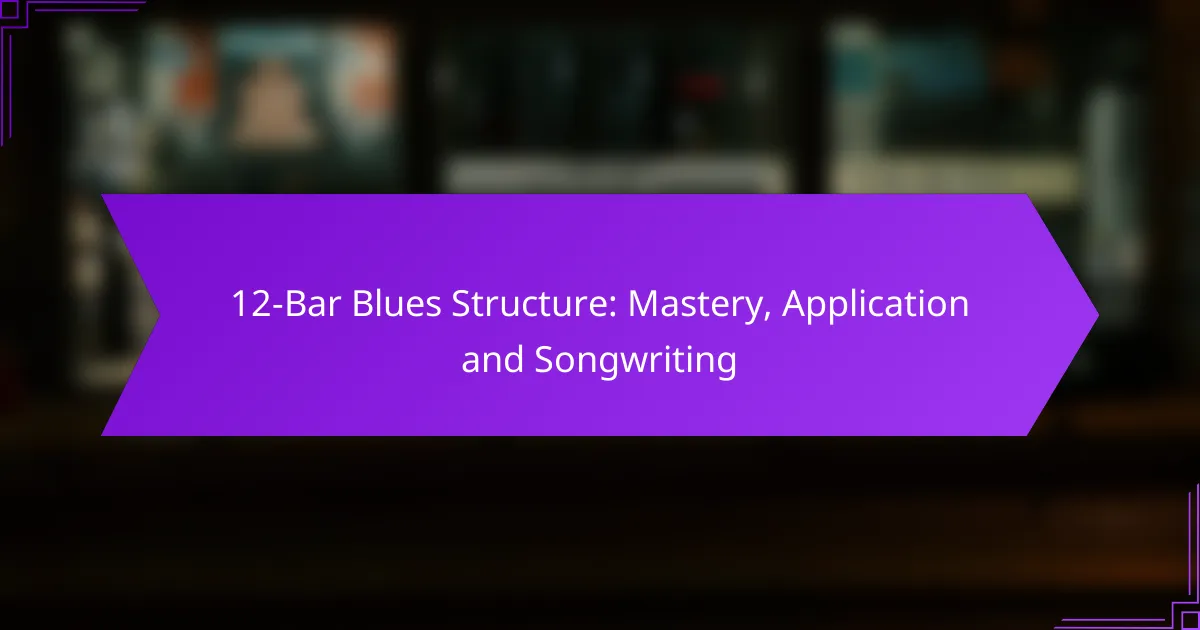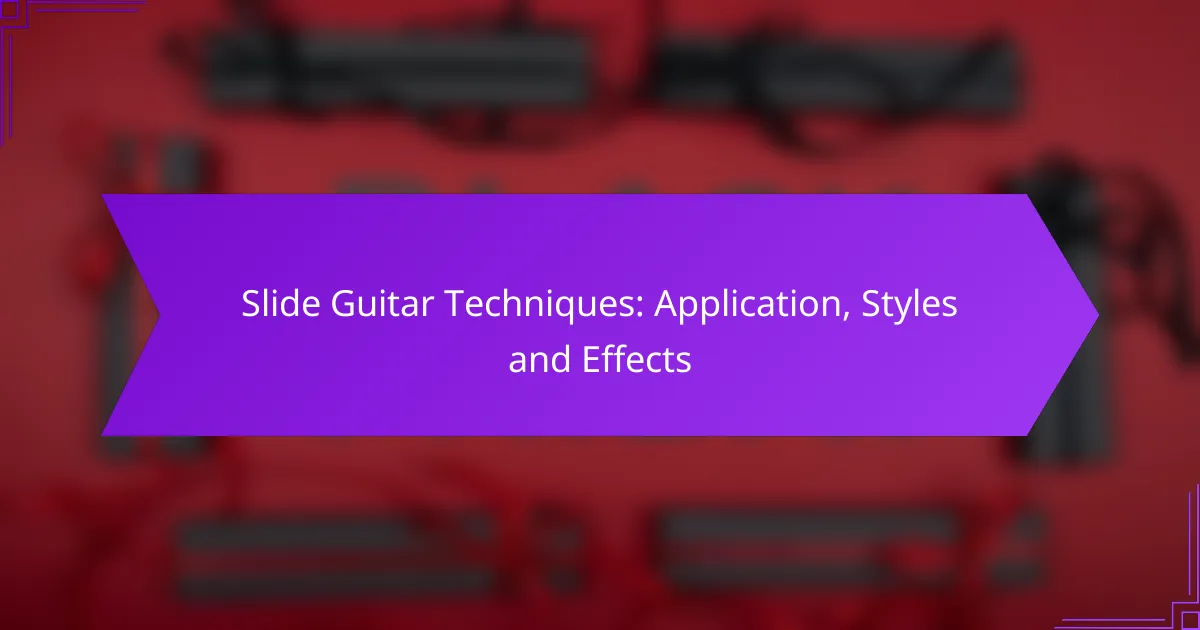Improvisation plays a crucial role in blues music, enabling musicians to convey their emotions and creativity spontaneously. This dynamic aspect not only enriches the performance but also ensures that each rendition remains unique and captivating for both the artist and the audience.

How does improvisation enhance blues music?
Improvisation significantly enhances blues music by allowing musicians to express their emotions and creativity in real time. This spontaneous element creates a unique performance experience, making each rendition distinct and engaging for both the artist and the audience.
Creates emotional expression
Improvisation in blues serves as a powerful tool for emotional expression. Musicians can convey feelings such as joy, sorrow, or longing through their improvisational choices, using techniques like bending notes or altering rhythms. This emotional depth resonates with listeners, creating a shared experience that is central to the blues genre.
For instance, a guitarist might choose to play a soulful solo that reflects personal struggles, using specific scales that evoke sadness or nostalgia. This ability to express raw emotions is what often draws audiences to blues performances.
Encourages creativity
Improvisation fosters creativity by pushing musicians to explore new musical ideas and techniques. In the blues, artists often experiment with different chord progressions, scales, and rhythms, which can lead to innovative sounds and styles. This exploration not only enhances individual artistry but also contributes to the evolution of the genre.
Musicians can practice improvisation by setting aside time to jam with others or play along with backing tracks. This practice encourages them to step outside their comfort zones and discover unique ways to interpret traditional blues elements.
Develops musical conversation
Improvisation in blues creates a dynamic musical conversation among performers. As musicians respond to each other’s playing, they build a collaborative atmosphere that enhances the overall performance. This interaction allows for a back-and-forth exchange of ideas, making each performance a collective experience.
For example, during a live jam session, a drummer might change the tempo, prompting the guitarist to adjust their playing style accordingly. This responsiveness not only showcases individual talent but also strengthens the connection between musicians and their audience, making the performance more engaging.

What techniques are essential for blues improvisation?
Essential techniques for blues improvisation include call and response, blues scales, chord progressions, and rhythmic variation. Mastering these elements allows musicians to create expressive and dynamic performances that resonate with the emotional depth of the blues genre.
Call and response
Call and response is a fundamental technique in blues improvisation, where a musician plays a phrase (the call) followed by a responding phrase, often from another musician or instrument. This interaction creates a conversational feel, enhancing the emotional connection in the performance.
To effectively use call and response, listen closely to your fellow musicians and anticipate their phrases. This technique can be applied in various contexts, such as between a guitar and vocals or between different instruments in a band setting.
Blues scales
The blues scale is a crucial tool for improvisation, characterized by its unique combination of notes that convey the genre’s signature sound. Typically, the scale consists of the root, minor third, fourth, diminished fifth, fifth, and minor seventh notes, allowing for expressive bends and slides.
When improvising, focus on using the blues scale to create melodies that evoke emotion. Experiment with different note combinations and rhythmic patterns to develop your own style while staying true to the blues tradition.
Chord progressions
Understanding common chord progressions is vital for blues improvisation, as they provide the harmonic foundation for your solos. The classic 12-bar blues progression is widely used, consisting of three chords that repeat in a specific pattern, typically I-IV-V.
Familiarize yourself with variations of these progressions, such as the quick change or minor blues, to add complexity to your improvisation. Knowing these structures allows you to anticipate changes and respond creatively during performances.
Rhythmic variation
Rhythmic variation involves altering the timing and feel of your playing to create interest and maintain listener engagement. In blues, this can mean playing off the beat, using syncopation, or incorporating different rhythmic patterns.
To practice rhythmic variation, try playing the same melodic line with different rhythms or accents. This will help you develop a more dynamic improvisational style and keep your performances fresh and exciting.
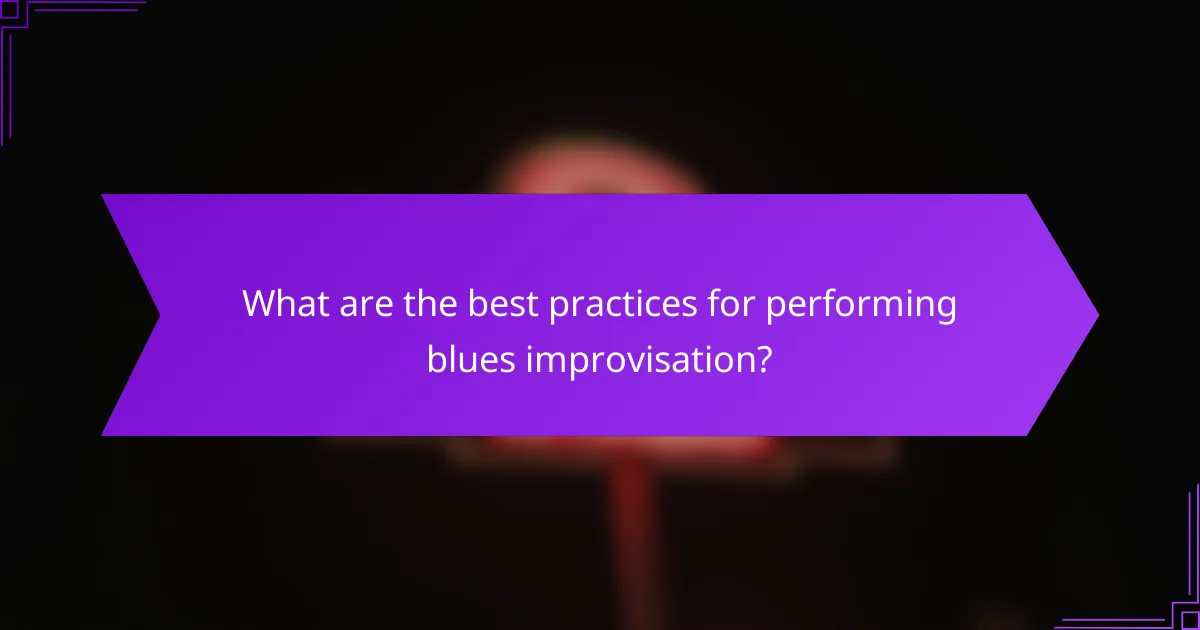
What are the best practices for performing blues improvisation?
The best practices for performing blues improvisation include actively listening to other musicians, practicing regularly, and experimenting with different styles. These approaches enhance creativity and technical skill, allowing musicians to develop a unique voice within the blues genre.
Listening to other musicians
Listening to other musicians is crucial for understanding the nuances of blues improvisation. By paying attention to how seasoned players express their ideas, you can absorb various techniques, phrasing, and emotional delivery. This practice helps you identify what resonates with you and inspires your own improvisational style.
Consider attending live performances or listening to recordings of blues legends like B.B. King or Muddy Waters. Take notes on their use of bends, slides, and rhythmic variations. Engaging with a diverse range of artists can broaden your perspective and enrich your playing.
Practicing regularly
Regular practice is essential for mastering blues improvisation techniques. Set aside dedicated time each week to focus on scales, licks, and improvisational exercises. Consistency builds muscle memory and enhances your ability to respond creatively during performances.
Incorporate a mix of structured practice and free play. For instance, spend some sessions working on specific scales like the pentatonic or blues scale, then allow yourself to improvise freely over backing tracks. This balance fosters both technical proficiency and spontaneous creativity.
Experimenting with different styles
Experimenting with different musical styles can significantly enhance your blues improvisation skills. While blues has its roots, blending elements from jazz, rock, or funk can introduce new ideas and techniques into your playing. This cross-pollination can lead to innovative improvisational choices.
Try incorporating techniques from other genres, such as jazz chord progressions or rock rhythms, into your blues solos. You might also explore different time signatures or tempos to challenge yourself. Embrace the process of discovery, as it can lead to a more distinctive and personal sound in your blues performances.
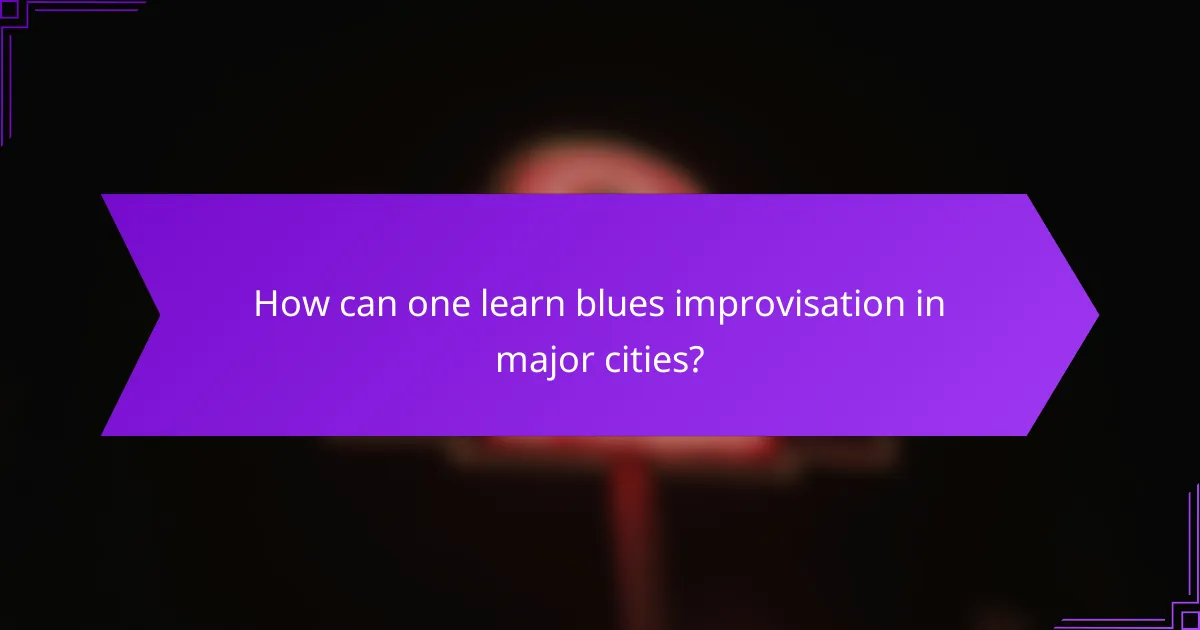
How can one learn blues improvisation in major cities?
Learning blues improvisation in major cities can be achieved through various avenues, including local music schools, workshops, and online courses. Each option offers unique benefits and can cater to different learning styles and schedules.
Local music schools
Many major cities have dedicated music schools that offer specialized programs in blues improvisation. These institutions often provide structured curricula, experienced instructors, and opportunities for live performance. Look for schools that emphasize hands-on learning and have a strong focus on improvisational techniques.
Tuition costs can vary widely, typically ranging from a few hundred to several thousand dollars per semester, depending on the school’s reputation and location. Consider visiting schools to observe classes or speak with instructors before enrolling.
Workshops and masterclasses
Workshops and masterclasses are excellent ways to learn blues improvisation in a concentrated format. These events often feature renowned musicians who share their techniques and insights, providing participants with direct feedback and guidance. They can range from a few hours to several days in duration.
Check local music venues, community centers, or online platforms for upcoming workshops. Prices usually vary, with some events being free or low-cost, while others may charge higher fees for exclusive access to top artists.
Online courses
Online courses offer flexibility for those looking to learn blues improvisation at their own pace. Many platforms provide comprehensive lessons, video tutorials, and interactive exercises that cover various aspects of blues music. This option is particularly useful for individuals with busy schedules or those who prefer self-directed learning.
When selecting an online course, consider factors such as user reviews, course content, and instructor credentials. Prices can range from free resources to subscription models or one-time fees, typically between $50 to $300 for more in-depth courses.
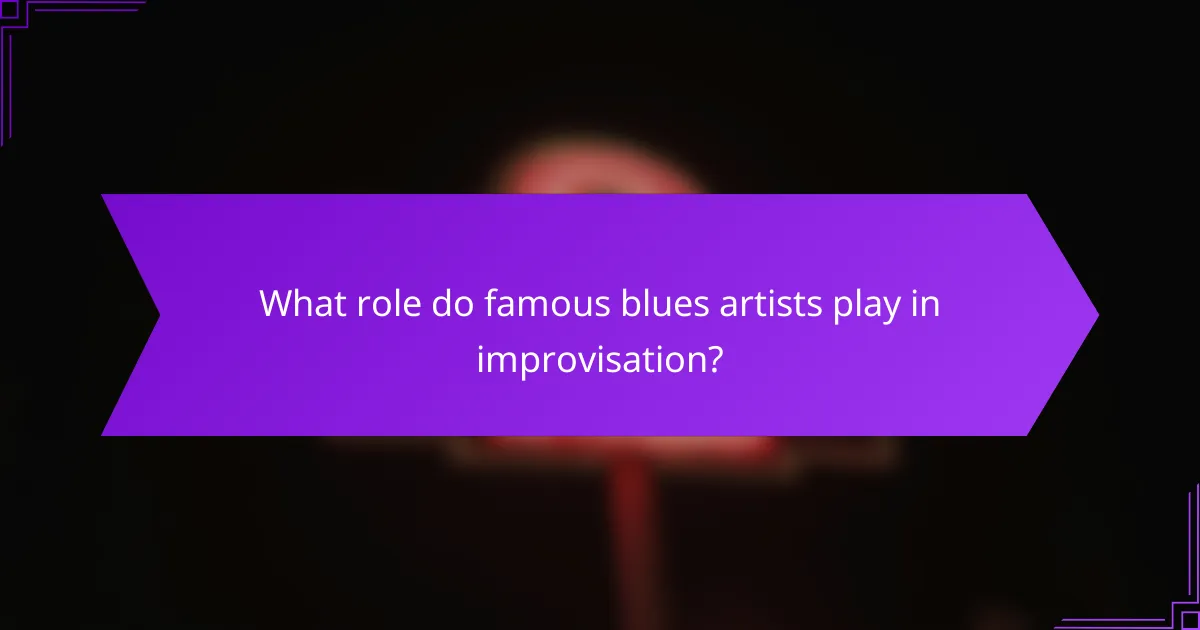
What role do famous blues artists play in improvisation?
Famous blues artists are pivotal in shaping the art of improvisation, serving as both innovators and educators. Their unique styles and techniques influence aspiring musicians, providing a foundation for personal expression within the genre.
Influence on techniques
Renowned blues musicians, such as B.B. King and Muddy Waters, have developed signature techniques that define blues improvisation. Techniques like bending notes, using call-and-response patterns, and incorporating slides are often emulated by new artists. By studying these techniques, musicians can enhance their improvisational skills and develop their own sound.
For example, B.B. King’s expressive string bending is a hallmark of his style, encouraging players to explore emotional depth in their solos. Aspiring musicians can practice these techniques through simple exercises, gradually incorporating them into their performances.
Inspiration for new musicians
Famous blues artists serve as a source of inspiration for new musicians, motivating them to explore their creativity. By listening to the improvisational styles of legends, emerging artists can identify elements they wish to incorporate into their own playing. This process often leads to a blend of traditional and modern influences.
Many new musicians cite their admiration for artists like Stevie Ray Vaughan or Etta James as a driving force behind their pursuit of blues music. Engaging with the recordings and live performances of these artists can spark ideas and encourage experimentation in improvisation.
Historical significance
The historical significance of famous blues artists in improvisation cannot be overstated. They not only contributed to the evolution of the genre but also influenced various music styles, including rock and jazz. Their improvisational skills showcased the emotional and cultural narratives of their time, making blues a powerful form of expression.
Understanding the historical context of these artists helps new musicians appreciate the roots of their craft. By studying the improvisational approaches of artists from different eras, musicians can gain insights into how blues has adapted and evolved, enriching their own improvisational practices.


